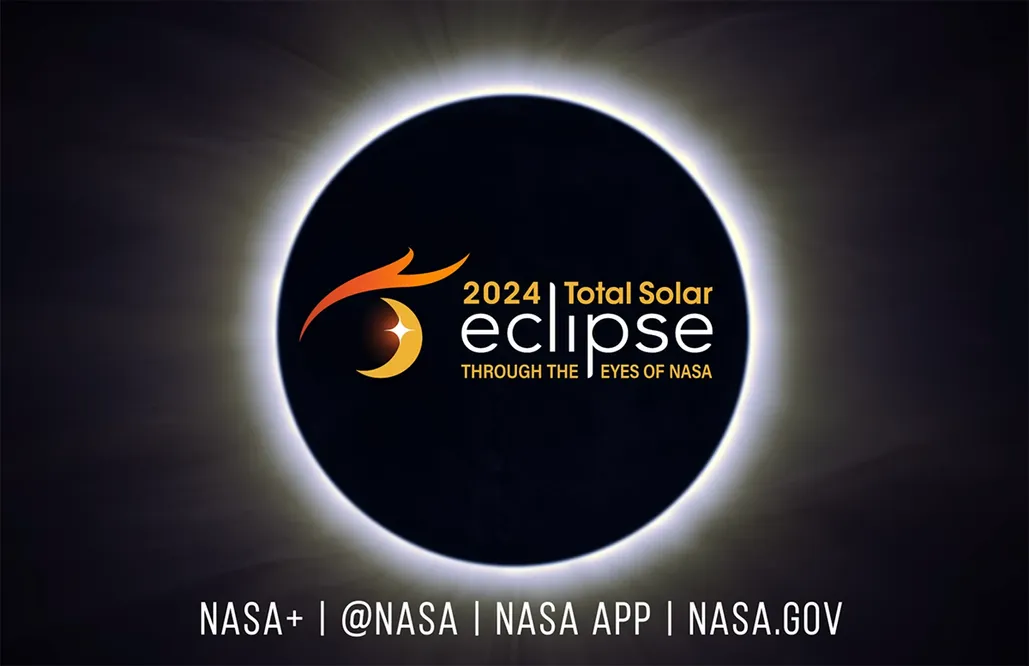Eclipse-watchers waited more than six years since the last time a total solar eclipse charted its way across the United States, in 2017. After the April 8 event, prepare to wait a lot longer — the next chance won’t be coming around any time soon.
Viewers in what’s called “the path of totality” saw the moon completely block the sun — an opportunity those in North America won’t have again for 20-plus years. The next total solar eclipses in North America are not anticipated until 2044 and 2045.
“A total solar eclipse is one of the most spectacular things anyone can see in their lifetime,” Virginia Tech astrophysicist Nahum Arav told CBS News. The eclipse “looks like a black hole in the sky,” said Arav, who watched the paths of totality of eclipses in 1991 and 2017.
Monday’s eclipse started around 11:07 a.m. PDT on the Pacific Coast of Mexico, and then moved into Texas. The eclipse’s visibility tracked through 15 states — Oklahoma, Illinois, Ohio, Pennsylvania, New York, Vermont, New Hampshire and Maine, among them — before heading northward into Canada and then exiting North America.



